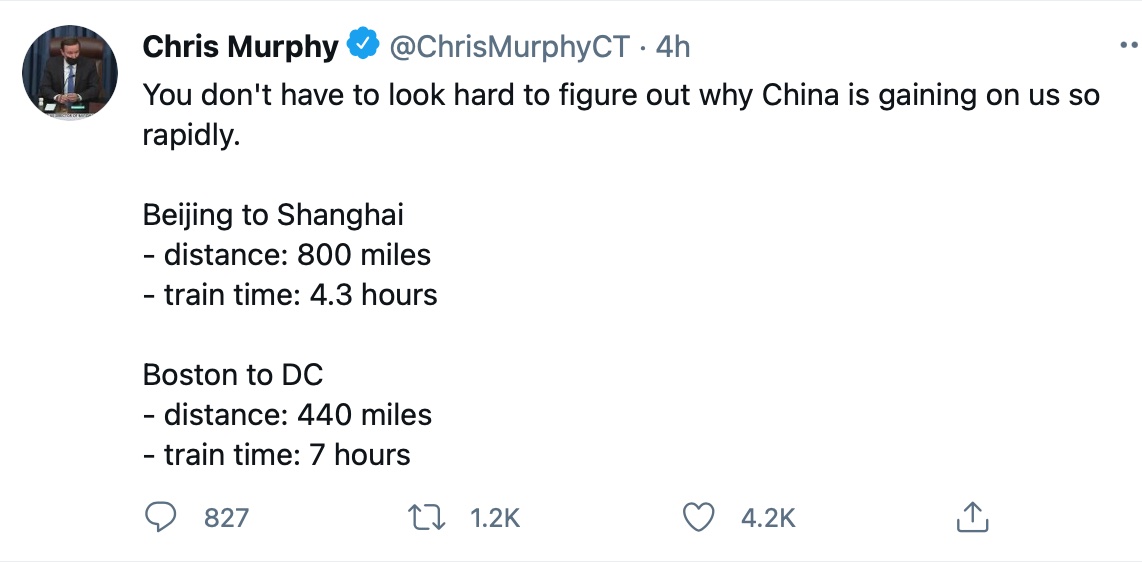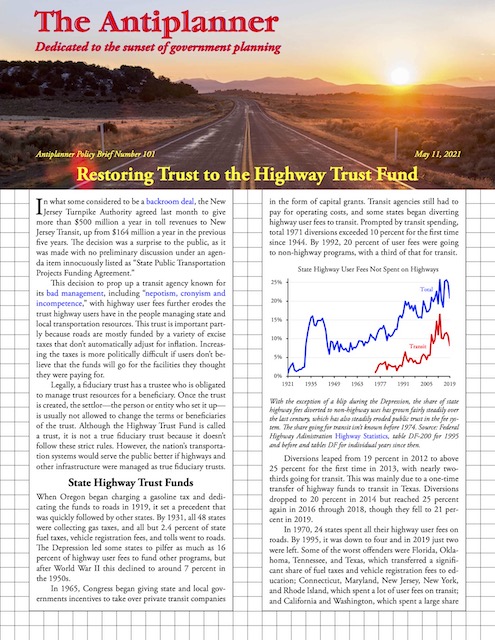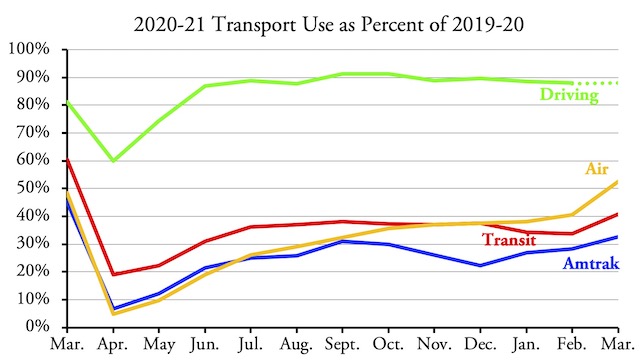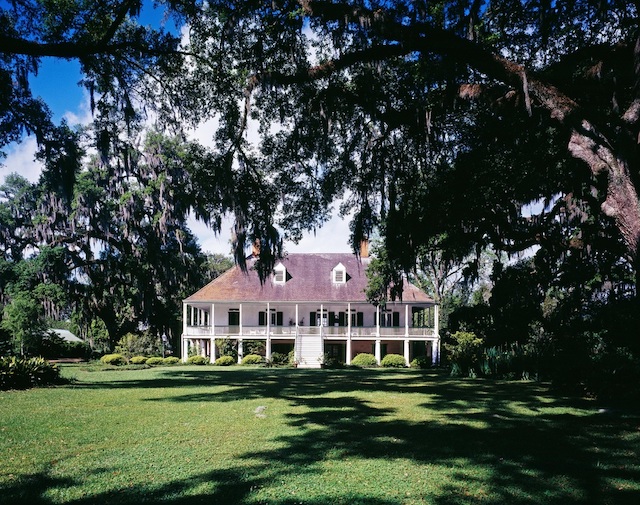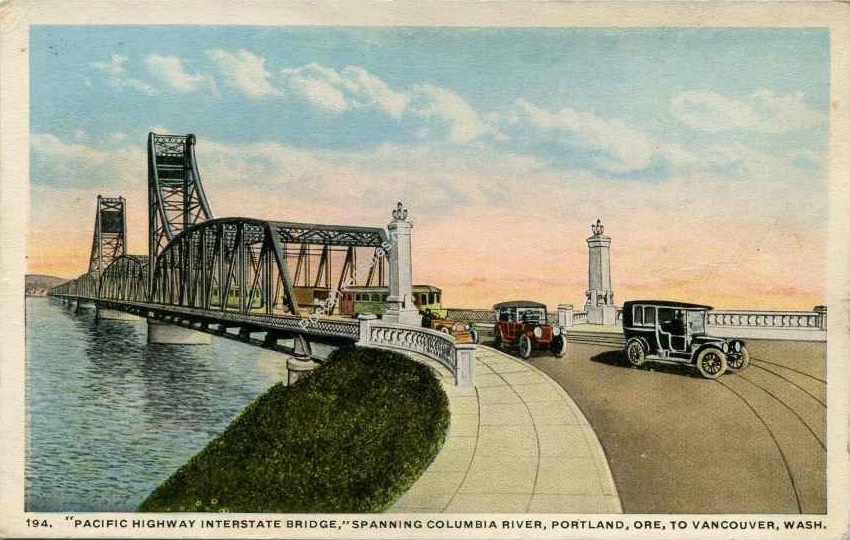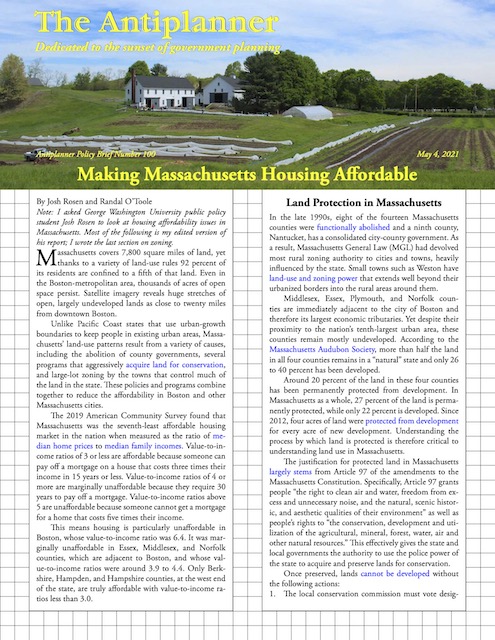Amtrak’s CEO, William Flynn, agrees with the Antiplanner on at least one thing: the proposed Baltimore-Washington maglev is a bad idea. The maglev, he told a Congressional subcommittee last week, “would only serve a small number of affluent travelers.”
Of course, that’s the pot calling the kettle black. Flynn probably thinks 0.1 percent of passenger travel (which is what Amtrak carries) is a large number, but it’s not. Amtrak fares in the Northeast Corridor are much higher than bus fares, so Amtrak itself is only serving a small number of affluent travelers.
Flynn also pointed out that the maglev will use a lot more energy than the cars, trains, and buses it would replace. I made the same point in my comments on the maglev, which I submitted last week. Based on the amount of greenhouse gases generated by Maryland’s current electric power plants, the maglev would add more than 300,000 metric tons of greenhouse gases into the atmosphere each year. Wayne Rogers, CEO of the maglev project, told the subcommittee that the maglev would divert “up to 16 million car trips,” but the power required to do so would generate far more tons of carbon dioxide than it would save. Continue reading →

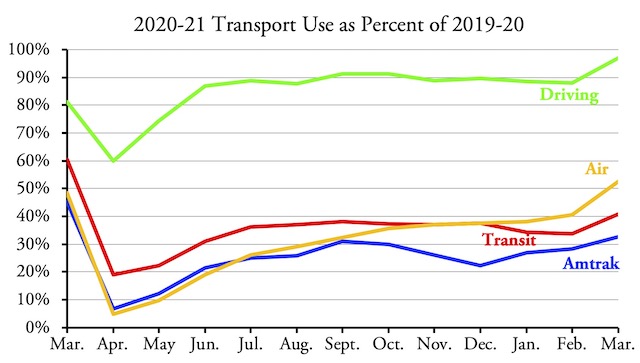
 Wheels that are too narrow will slip off tracks at joints like these, known as “frogs.”
Wheels that are too narrow will slip off tracks at joints like these, known as “frogs.” 